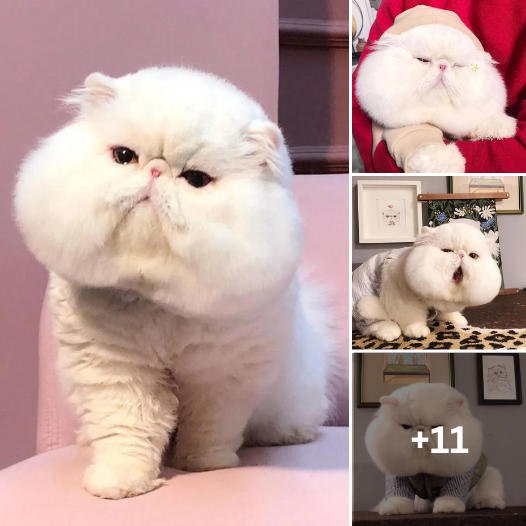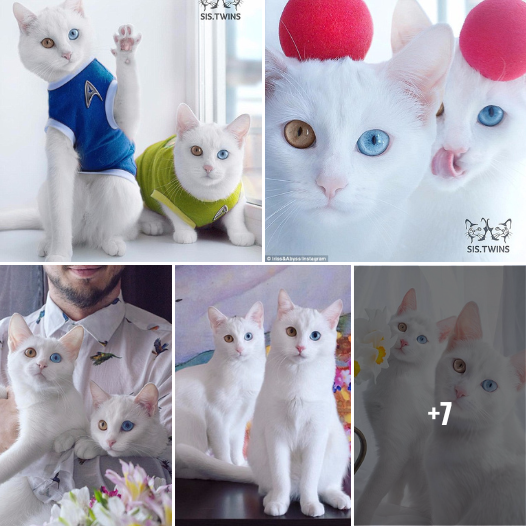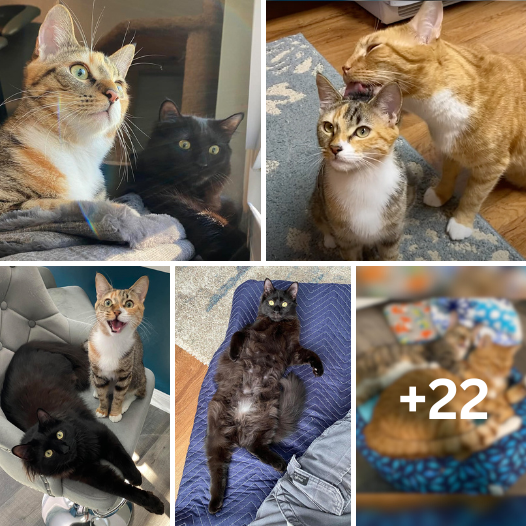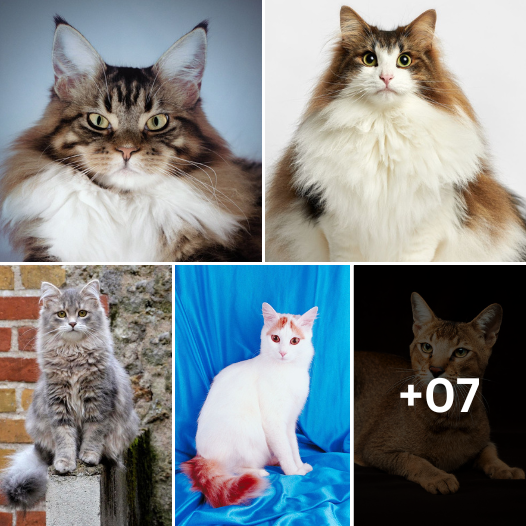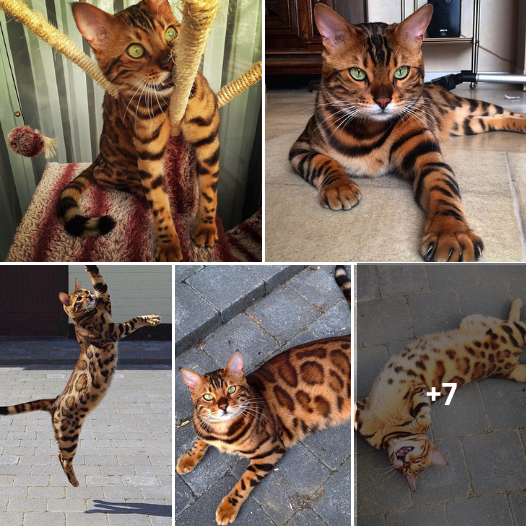I swear he‘s not drinking any Milkshakes, just eating regular cat food
I Swear He’s Not Drinking Any Milkshakes, Just Eating Regular Cat Food
The Myth of the Milk-Loving Cat
There’s a common image that has long been etched in our minds: a happy cat lapping up a bowl of milk. But contrary to popular belief, milk is not a staple in a cat’s diet – in fact, it can be quite the opposite. So, when your furry friend starts looking a little rounder around the edges, rest assured, it’s not from milkshakes but from their regular cat food. Let’s unravel this mystery and understand what goes into feeding our feline friends correctly.
Understanding Cat Nutrition
Cats are obligate carnivores, which means their diet should be primarily made up of meat. Their bodies are designed to digest and derive nutrition from animal proteins. This is why commercial cat foods are formulated with high protein content. However, just like in humans, overconsumption and lack of exercise can lead to an overweight cat – no milkshakes required.
Debunking the Milk Myth
The image of cats drinking milk is a pervasive one, yet most cats are lactose intolerant. Their digestive systems are not equipped to handle the lactose in cow’s milk, leading to upset stomachs, diarrhea, and other digestive issues. So, while your cat might seem to enjoy a saucer of milk, it’s not contributing to their overall health – or their weight gain.
Quality of Cat Food Matters
The quality and type of cat food you choose play a significant role in your cat’s health. Some commercial cat foods are packed with fillers and carbohydrates, which can lead to weight gain. Cats require a diet rich in proteins and certain fats for optimal health. It’s crucial to choose a cat food that aligns with their nutritional needs.
Portion Control and Obesity in Cats
Just like humans, cats can overeat, leading to obesity. Overweight cats are at risk of various health issues, including diabetes, arthritis, and heart problems. It’s important to monitor your cat’s portion sizes and ensure they’re getting enough physical activity. Regular playtime and interactive toys can help keep your cat active and healthy.
The Role of Wet Food
Incorporating wet food into your cat’s diet can be beneficial. Wet food typically has higher protein content and more moisture, which is good for your cat’s hydration and kidney health. It’s a myth that wet food can make cats gain weight unnecessarily – in fact, it’s often a healthier choice than some dry foods.
Regular Check-ups Are Key
Regular veterinary check-ups are essential to monitor your cat’s weight and overall health. Your vet can provide personalized advice on the best diet for your cat, considering their age, activity level, and any specific health concerns.
Conclusion
So, the next time someone jokes about your cat sipping on milkshakes, you can confidently correct them. The key to a healthy cat lies in proper nutrition, portion control, and regular exercise – not in dairy products. By understanding and catering to their dietary needs, you can ensure your feline friend lives a long, happy, and healthy life.

